Renovation of Sports Turf
By Chris Humphrey MBPR FQA, Technical Manager
This year really is a different one. Most if not all sports have completely stopped, and of those only some were allowed to carry out essential maintenance. Many Greenkeepers and Groundsmen have been told to hold back on spending, and the obvious question is being asked, “Do you really need to carry out the renovations this year”?
Although the whole nation came to a standstill the turf did not stop growing or producing thatch. In fact, more thatch would have built up on some areas due to reduced maintenance operations such as verticutting, scarifying and regular top dressings. In golf, since the days of essential maintenance and the welcome return of play being permitted, there has been very little time to get back onto regular thatch management maintenance work.
In cricket, there has been no wicket preparation and this is a process which in itself, help remove thatch. The end of season renovations this year are going to be very important and the lack of play or reduced budgets should not be a reason to not carry them out.
Prepare the Turf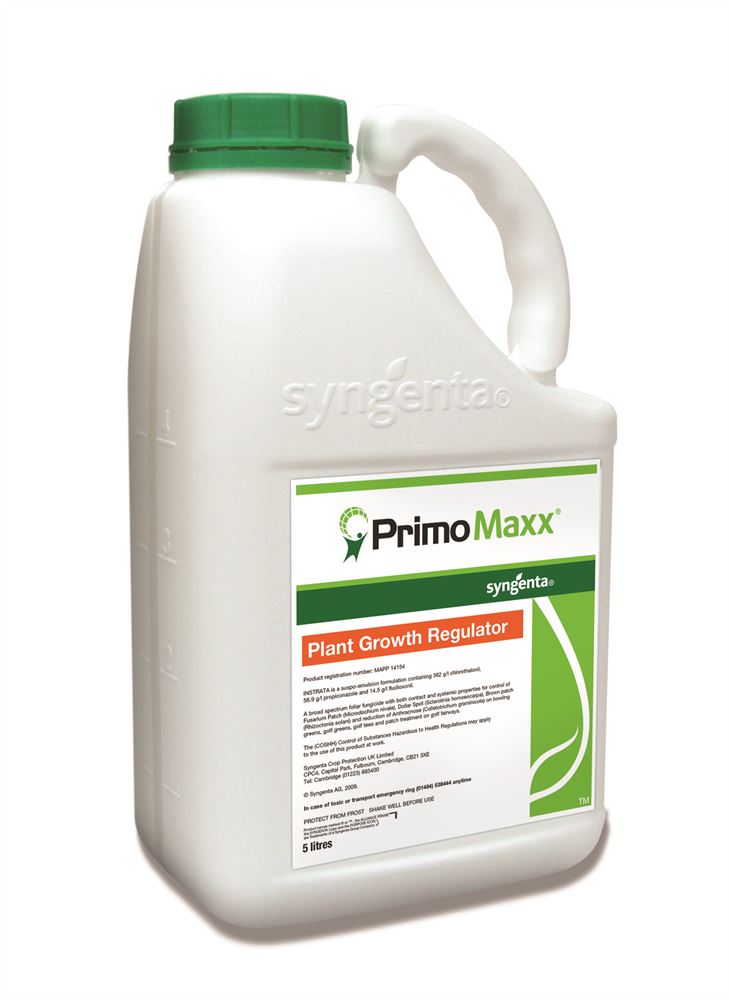
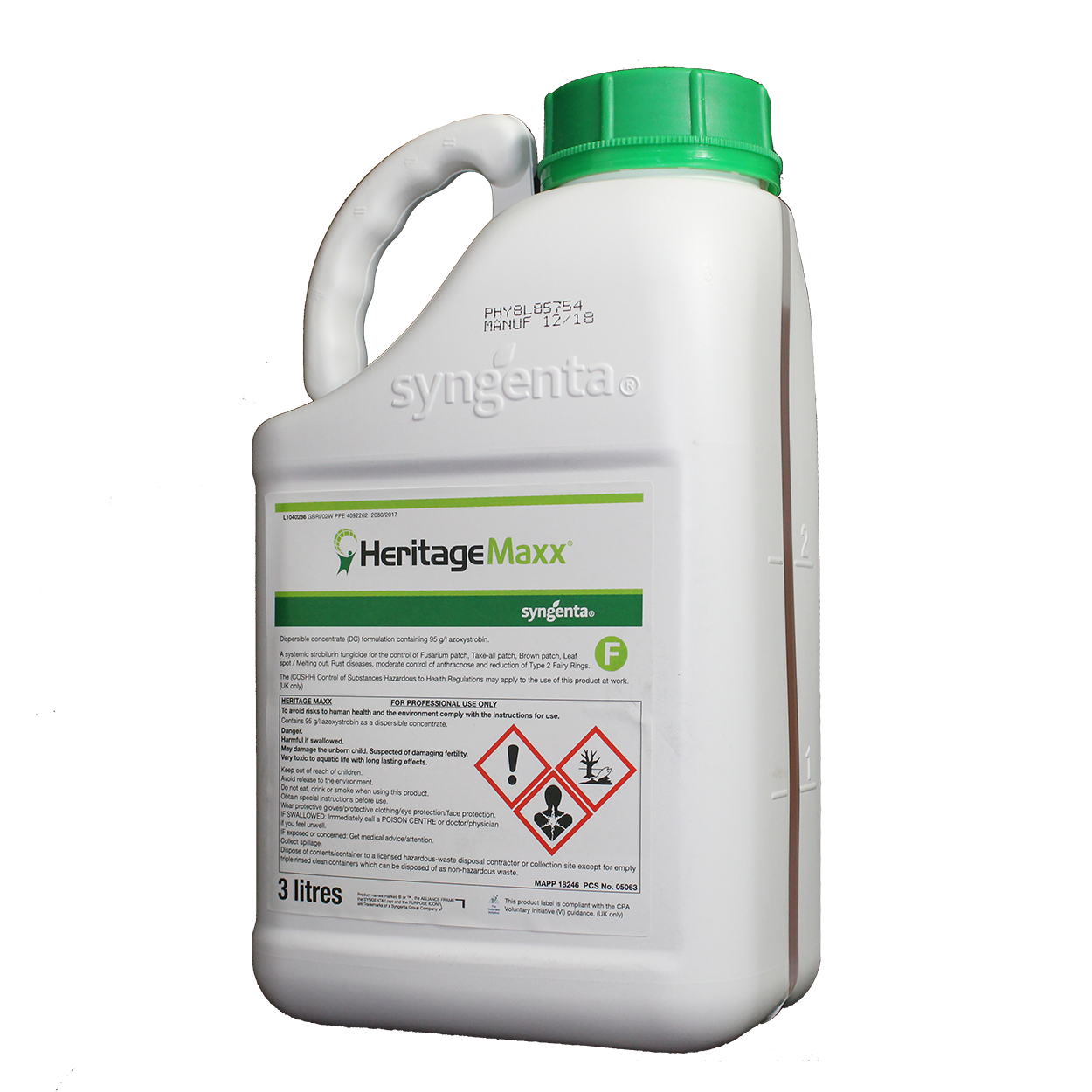
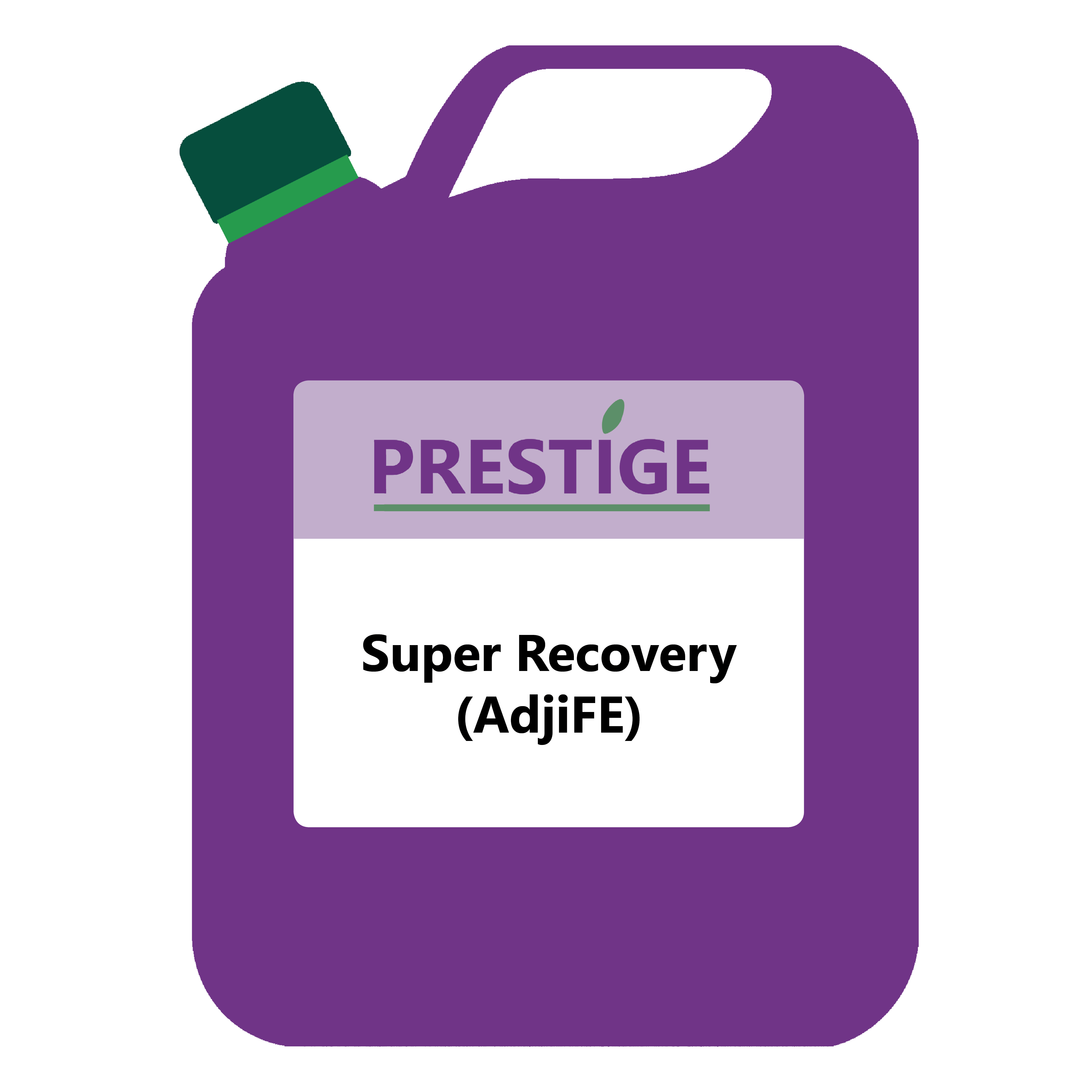
Before you start tearing into it a couple of things well worth considering to help. If you apply an application on Primo Maxx II growth regulator then it will help hold back the length of growth and assist the new seed to establish with reduced competition for light. Ideally it should be applied about 5 days before seeding.
Secondly, it is also a good idea to apply a preventative fungicide. The damage to the surface and disruption of the thatch can create an ideal situation for Microdochium nivale to develop. Heritage Maxx applied before renovations can give great protection form disease.
Whether it is hollow core, tine, scarify or sand injection, thatch will need to be removed, thinned out or diluted with dressing.

Ideally you should choose the thatch removal operation that best suits the level of thatch that you have, not just depth but density also. Removing some thatch allows air into the space left and subsequently enables bacteria to help degrade some of the remaining thatch even further. To help assess how much thatch you will be removing, please refer to the Aeration Displacement Chart below.
| |
Centres |
| Tine Size |
32mm x 32mm |
38mm x 38mm |
50mm x 50mm |
63mm x 63mm |
127mm x 127mm |
| 6mm Hollow tine |
3.14% |
2.18% |
1.24% |
0.79 |
- |
| 10mm Hollow tine |
7.07% |
4.91% |
2.46% |
1.77% |
- |
| 13mm Hollow tine |
12.57% |
8.73% |
4.91% |
3.14% |
- |
| 16mm Hollow tine |
- |
13.64% |
7.67% |
4.91% |
- |
| 16mm Hollow verti-drain |
- |
- |
- |
- |
1.23% |
| 19mm Hollow tine |
- |
- |
- |
7.07% |
1.77% |
| 19mm Hollow verti-drain |
- |
- |
- |
- |
1.77% |
| 25mm Hollow tine |
- |
- |
- |
- |
3.14% |
| 25mm Hollow verti-drain |
- |
- |
- |
- |
3.14% |
| 22m Drill + Fill (178mm centres) |
- |
- |
- |
- |
1.23% |
| Graden 25 spacing |
1mm blade 3.91% |
2mm 7.8% |
3mm 11.81% |
|
|
 Following the thatch removal, consider additional aeration, now the turf has been disturbed you might as well add some more holes at a different depth, relieving compaction and allowing more air to assist in bacterial activity to break down even more thatch. When the turf is full of holes, apply a turf specific mycorrhizal fungi such as Prestige Super Establisher and work it into the soil to help stronger, deeper rooting and establishment of the new seedlings and existing turf.
Following the thatch removal, consider additional aeration, now the turf has been disturbed you might as well add some more holes at a different depth, relieving compaction and allowing more air to assist in bacterial activity to break down even more thatch. When the turf is full of holes, apply a turf specific mycorrhizal fungi such as Prestige Super Establisher and work it into the soil to help stronger, deeper rooting and establishment of the new seedlings and existing turf. 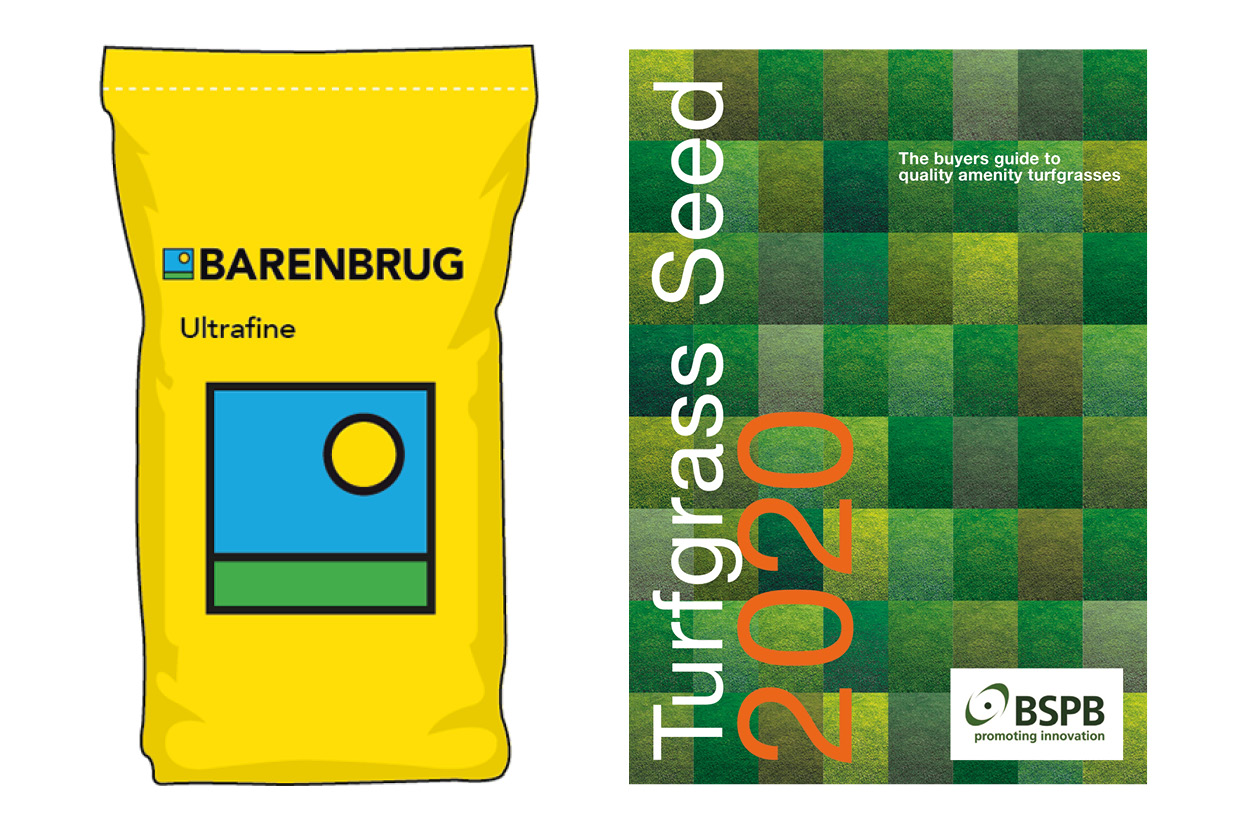
Once you have gone to all the hard work and expense of removing thatch, you should be looking at choosing the correct grass for your site. Ensure that you don’t just buy any seed, look at the quality of the cultivars, these can be found in the BSPB book.
Not all seed is the same. You may come across cheap seed, but remember it is cheap for a reason. Choose seed that has the highest level of purity and the highest germination rate. Some seed is not as pure as others and the bag may contain Annual Meadow Grass seed, weed seeds of chaff. Use a trusted seed merchant such as Barenbrug that cleans their seed to a higher standard. For good germination and establishment it is vital that you plant your seed to the correct depth. Ideally drill your seed into the surface, this will give better germination and most importantly stronger establishment.
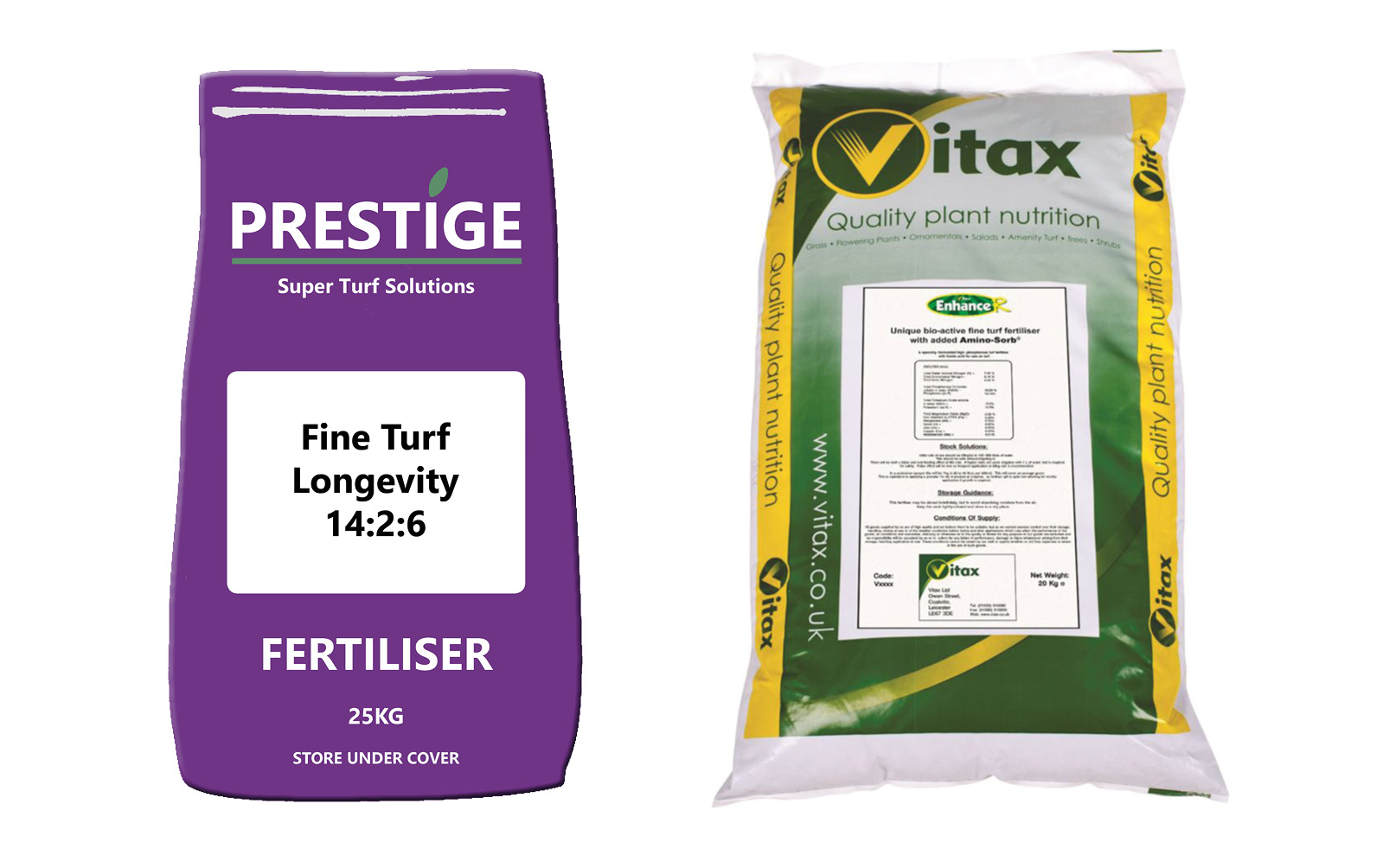 Once you have ripped into your turf, it will need fertiliser to pick it up again. Because the renovations involve seeding you need to avoid products that can dry out the delicate new seedlings. Avoid products with more than 2% iron and fertilisers with a high salt index. A balanced feed that has a small amount of phosphorus would be advantageous as although there is generally sufficient phosphorus in the soil for turf, it does assist with plant rooting. Additionally, regular applications of a Humic Acid will also help with stronger rooting. For bespoke nutritional advice, contact a FACTS Qualified Advisor at Collier Turf Care Ltd.
Once you have ripped into your turf, it will need fertiliser to pick it up again. Because the renovations involve seeding you need to avoid products that can dry out the delicate new seedlings. Avoid products with more than 2% iron and fertilisers with a high salt index. A balanced feed that has a small amount of phosphorus would be advantageous as although there is generally sufficient phosphorus in the soil for turf, it does assist with plant rooting. Additionally, regular applications of a Humic Acid will also help with stronger rooting. For bespoke nutritional advice, contact a FACTS Qualified Advisor at Collier Turf Care Ltd.
Many top dressings can be hydrophobic, particularly heavy sand based dressings. If you are on a monthly wetting agent programme, which is ideal, ensure that this is maintained. If you don’t use wetting agents on a regular basis then an addition of a curative wetting agent such as Aqueduct or Aqueduct Flex should be used to prevent the almost inevitable onset of localised dry patch developing.
For expert help and advice contact Collier Turf Care Ltd on 01328 700600